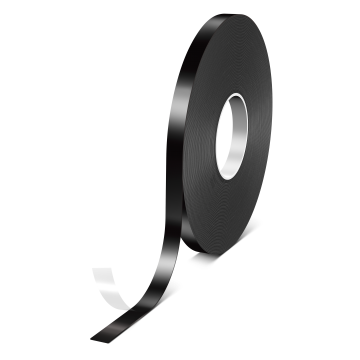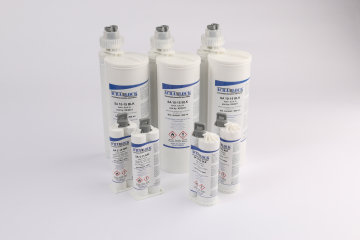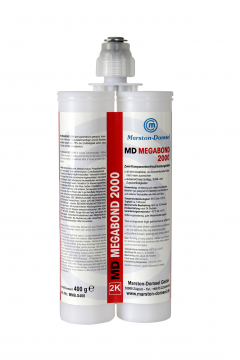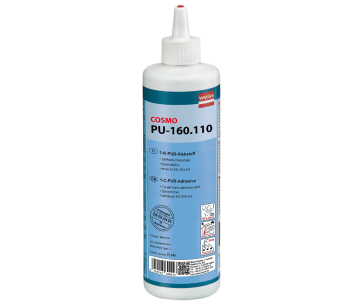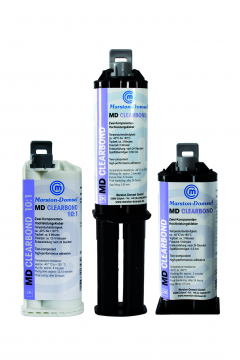Bonding BMC to PUR low degree of crosslinking
These days bonding processes are becoming ever more complex and the projects ever more challenging. Substratec Ltd supports your business in finding suitable adhesive bonding methods, corresponding surface technologies and relevant application systems, both on- and offline:
Search engine for adhesives technologies >>>
Features
Polyurethanes (PU) can have both thermoset, thermoplastic or elastomeric properties. This depends on the degree of crosslinking of the monomers. In general, polyurethanes are formed by polyaddition of polyols with di- or poly-isocyanate to form the urethane group typical of polyurethanes. Diols and di-isocyanates lead to linear polyurethanes. The more functional groups the monomers contain, the more crosslinked is the resulting plastic. © 2021 SUBSTRATEC. All Rights Reserved.
Bulk molding compounds
Preview results
0.8 mm double-sided foam tape for LSE surfaces: plastic to plastic application in automotive interior.
The adhesives of the ACRALOCK SA10 LV series are highly advanced, 2-component industrial adhesives, MMA adhesives in a mixing ratio of 10:1.
Bonds metal, stone, woods, plastics and ceramics. Extremely high strength, weatherproof, easy to use.
COSMO PU-160.110, constructional adhesive with hard and tough glued joint, is used in the wood processing, in the dry construction for the bonding of overlapping edges of floor pavement elements or as surface adhesive for a lot of industrial applications.
A low odour, clear Acrylic adhesive with medium viscosity, shock- and vibration-proof.

